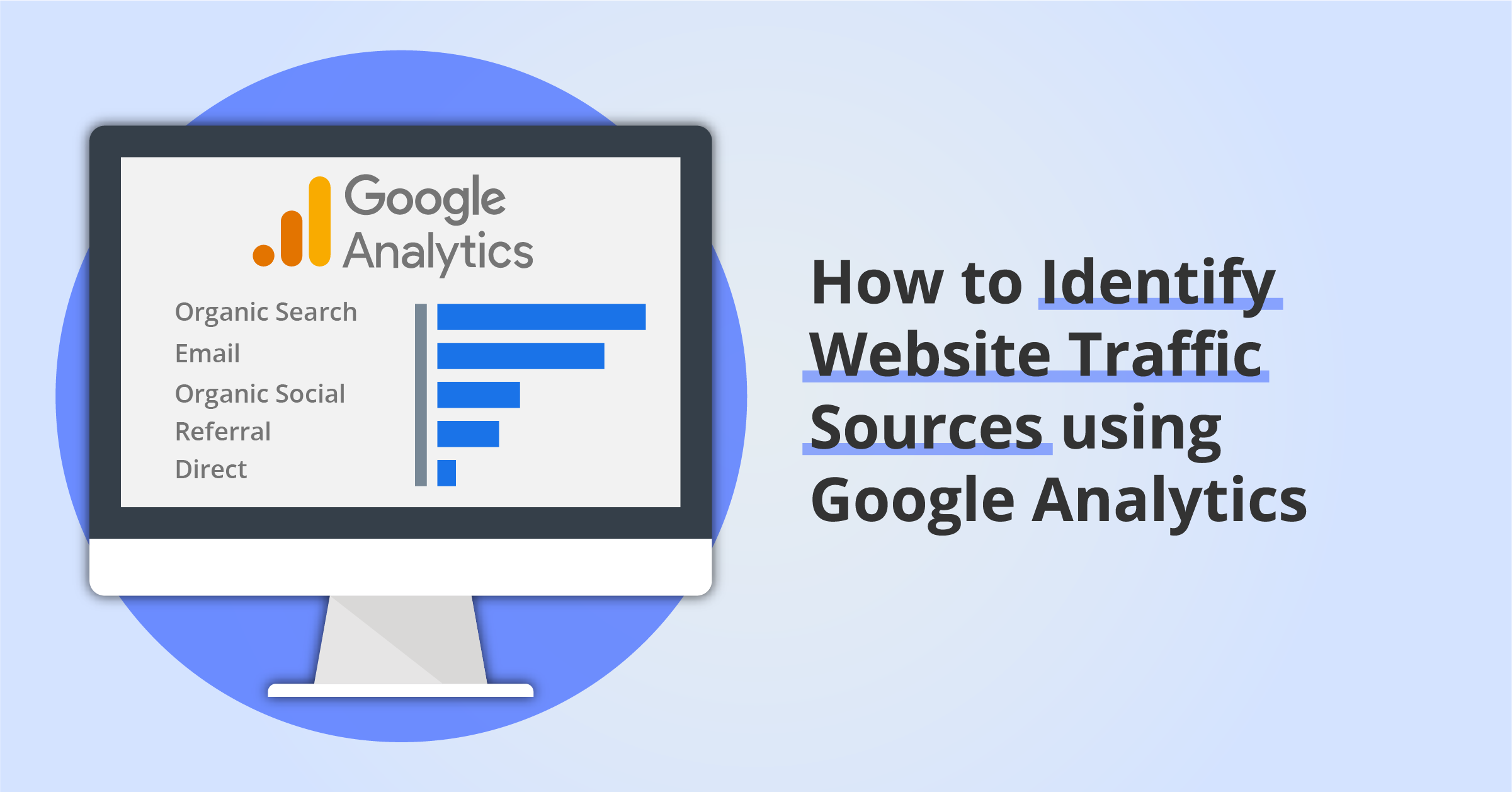Leveraging Second Dimension in Google Analytics to Strengthen Recognizing of Individual Habits and Interaction
In the realm of digital analytics, the ability to amass purposeful understandings from information is critical for informed decision-making - what is a secondary dimension in google analytics. Making Use Of Google Analytics' second measurements provides a nuanced method to understanding customer actions and interaction beyond surface-level metrics. By studying customer communications with additional contextual data, a more thorough sight of online activities arises, clarifying patterns and trends that could or else go undetected. This deeper dive into individual habits not only fine-tunes advertising techniques however likewise holds the essential to enhancing website efficiency and enhancing total individual experience.
Understanding Individual Actions With Secondary Measurements
Exactly how can secondary dimensions in Google Analytics give important understandings into individual habits patterns? Second dimensions in Google Analytics provide a much deeper level of evaluation by offering extra context to key data points. By layering additional measurements onto key dimensions such as traffic sources or touchdown web pages, marketing professionals can reveal valuable insights into individual habits patterns. By analyzing bounce rates in combination with second measurements like device category or location, companies can determine certain sectors of customers that may be experiencing issues with website usability or content relevance. This much deeper degree of recognizing permits more targeted optimization efforts to improve user experience and involvement.
In addition, additional dimensions can aid marketing professionals determine correlations in between different information points, bring about the exploration of covert patterns or fads in customer behavior (what is a secondary dimension in google analytics). By segmenting information utilizing secondary dimensions such as demographics or actions, services can tailor their advertising strategies to much better meet the demands and choices of particular customer teams. In general, leveraging second dimensions in Google Analytics enhances the deepness of analysis and allows more enlightened decision-making based upon a comprehensive understanding of individual behavior
Assessing Interaction Metrics Effectively
Structure on the understandings got from using additional dimensions in Google Analytics to recognize customer behavior patterns, properly evaluating engagement metrics is critical for enhancing advertising strategies and improving customer experience. Involvement metrics supply valuable info on exactly how customers connect with a site or app, suggesting the degree of passion and participation they have with the web content. By diving into metrics such as bounce rate, average session duration, pages per session, and conversion prices, marketers can evaluate the efficiency of their digital efforts and make data-driven choices to drive interaction. Comprehending which web pages or attributes draw in and maintain individuals, in addition to determining prospective points of friction in the user journey, enables businesses to tailor their strategies for improved involvement and conversion. Assessing involvement metrics over time allows for the tracking of fads and the examination of the impact of changes or optimizations made to the electronic residential properties. In significance, a deep dive into involvement metrics equips online marketers to refine their strategy, improve user complete satisfaction, and ultimately drive organization growth.

Revealing Insights for Advertising Approaches
To properly improve advertising techniques, uncovering beneficial understandings from information analysis is critical for educated decision-making and critical planning. By delving right into Google Analytics data via additional dimensions, marketing experts can draw out valuable details that can dramatically affect their marketing approaches. One crucial insight that can be revealed is the effectiveness of various advertising channels in driving web traffic and conversions. By evaluating which channels are bringing in one of the most engaged customers or generating the highest conversion rates, marketers can designate their resources better to make the most of ROI.
Moreover, discovering understandings on customer actions patterns, such as one of the most preferred touchdown web my link pages or the typical user flow through the site, can offer useful support for enhancing web site web content and customer experience. Recognizing just how individuals engage with the web site can assist marketing professionals customize their messaging and calls-to-action better, eventually causing enhanced interaction and conversion rates. Fundamentally, leveraging secondary measurements in Google Analytics can use a wealth of actionable understandings that can drive more effective and enlightened advertising techniques.
Optimizing Website Efficiency Via Data
Enhancing web site performance with data-driven optimization strategies is an essential part of maintaining a competitive on-line existence and conference individual expectations. By leveraging information from tools like Google Analytics, internet site owners can identify areas of renovation to improve customer experience and drive much better outcomes.
Furthermore, information can reveal which material reverberates most with users, notifying material approach choices to increase interaction. Recognizing customer behavior patterns, such as navigation courses and communications, can guide the optimization of site format and conversion funnels. Data-driven A/B screening can aid identify one of the most reliable layout and web content variants to optimize conversions.
Enhancing Customer Interactions and Results

Through the evaluation of secondary measurements such as demographics, behavior circulation, or website traffic resources, website owners can gain a comprehensive understanding of their the original source audience. what is a secondary dimension in google analytics. This understanding enables the application of tailored strategies to accommodate different user segments, leading to increased involvement and conversion prices

Final Thought
To conclude, leveraging additional measurements in Google Analytics supplies a much deeper understanding of individual habits and interaction. By examining information successfully, revealing understandings, enhancing web site performance, and improving individual interactions, companies can make informed decisions to boost their advertising and marketing approaches and total outcomes. Utilizing this tool allows for an extensive view of user tasks, bring about a lot more targeted and successful digital marketing projects.
Structure on the understandings got from using additional dimensions in Google Analytics to recognize individual habits patterns, efficiently examining engagement metrics is essential for optimizing marketing approaches and improving individual experience.Additionally, uncovering understandings on customer habits patterns, such as the most popular landing web pages or the common user flow via the site, can provide beneficial assistance for optimizing web site material and user experience. By concentrating on improving user communications, web site owners can significantly boost engagement, conversion prices, and overall customer fulfillment. These dimensions supply deeper understandings into customer behavior, choices, and actions on the web site, enabling a much more targeted method to maximizing individual experience.
By optimizing these touchpoints, internet site proprietors can streamline the individual experience, resulting in improved outcomes and higher degrees of user fulfillment.
Comments on “Extensive Take A Look At Secondary Dimensions in Google Analytics: Meaning and Finest Practices”